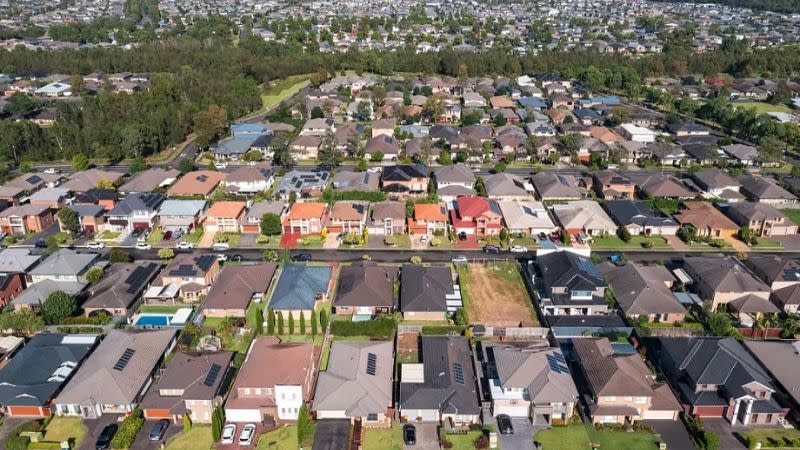Rising prime mortgage arrears are on the horizon in Australia as it enters “a cycle of steep monetary policy tightening”, a new report has warned.
Lenders are preparing for what ratings agency S&P Global is calling “The Great Refinance”—a surge in refinancing activity as fixed rates roll off and interest rates rise.
And according to its latest RMBS Performance Watch, the rise of non-bank lenders—now accounting for the lion’s share of residential mortgage-backed securities—is expected to continue.
“Rising mortgage costs and inflationary pressures will be a catalyst for many borrowers to shop around for better deals on their mortgages,” the report said.
“We expect strong competition for prime-quality borrowers to drive up prime prepayment rates in the coming quarters.
“This will come as lenders prepare for a strong rise in refinancing activity with the upcoming expiration of many ultra-low fixed-rate home loans.”
The report said non-bank loan outstandings now make up 50 per cent of prime loan outstandings.
“In this environment, we expect some non-banks to capitalise on lending opportunities resulting from the pullback of banks from certain lending segments, particularly higher DTI [debt-to-loan] lending,” it said.
▲ Lenders are preparing for a surge in refinancing activity off the back of rising mortgage costs and inflationary pressures.
Arrears hit a post-GFC crisis low of 0.64 per cent in the second quarter of 2022 but S&P Global says a rise is imminent.
“We expect arrears increases to surface in the third quarter of 2022 as buyers adjust to higher mortgage repayments. More advanced arrears pressure will not be evident until 2023,” the report said.
It said although borrowers should be well-placed to weather a moderate level of interest rate rises, “mortgage stress is inevitable for some borrowers in the current environment”.
“Borrowers with minimal repayment buffers will need to grapple with multiple interest rate rises as the cost of living rises.
“The quick racheting up of interest rates is uncharted territory for some borrowers, particularly first home owners with a limited repayment history.
“Rising wages will help to offset higher mortgage repayments but real incomes are being eroded by strong inflationary pressure.”
The report said falling property prices—potentially by up to 18 per cent during the next 12 to 18 months—and a pullback in DTI lending by banks also could lead to refinancing pressures for some investors adding to debt serviceability pressures.
NAB’s latest Residential Property Survey has indicated housing market sentiment fell for the second consecutive quarter as the downturn in the market gathered speed and spread wider.
Overall, its residential property index fell to 9 points, drifting below the survey average of 17 points for the first time in two years—supported only by a strong home rental market.
Sentiment fell in all states—except Western Australia (58 points)—in the third quarter, dropping the most in the ACT (-75 points) and Tasmania (-25 points), and turning negative for the first time since the second quarter of 2020 in NSW (-5 points) and Victoria (-2 points).
“Short-term confidence levels sagged further in the third quarter, with the 12-month measure now at a two-year low,” the survey said.
“With supply chain issues, high raw material prices and labour shortages persisting, construction costs are still seen as the main constraint on new housing development nationwide.
“Rising interest rates have also overtaken tight credit as the next biggest constraint. With the upswing in rates continuing, property professionals again highlighted rising interest rates as the biggest (and a growing) constraint for buyers of existing property.”










